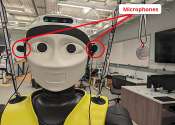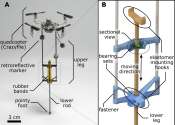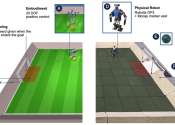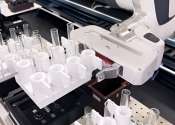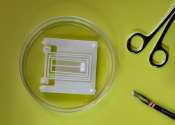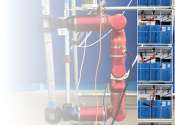Last update:
Robotics news
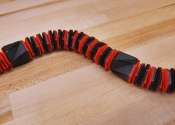
Engineers create a caterpillar-shaped robot that splits into segments, reassembles, hauls and crawls
Engineers at Princeton and North Carolina State University have combined ancient paper-folding and modern materials science to create a soft robot that bends and twists through mazes with ease.
Robotics
12 hours ago
1
12

Stretchable e-skin could give robots human-level touch sensitivity
A first-ever stretchy electronic skin could equip robots and other devices with the same softness and touch sensitivity as human skin, opening up new possibilities to perform tasks that require a great deal of precision and ...
Robotics
May 2, 2024
0
64

Leveraging robots to help make wind turbine blades
Researchers at the U.S. Department of Energy's National Renewable Energy Laboratory (NREL) have successfully leveraged robotic assistance in the manufacture of wind turbine blades, allowing for the elimination of difficult ...
Robotics
May 2, 2024
0
31
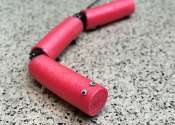
Random robots are more reliable: New AI algorithm for robots consistently outperforms state-of-the-art systems
Northwestern University engineers have developed a new artificial intelligence (AI) algorithm designed specifically for smart robotics. By helping robots rapidly and reliably learn complex skills, the new method could significantly ...
Robotics
May 2, 2024
0
50

Natural language boosts LLM performance in coding, planning and robotics
Large language models (LLMs) are becoming increasingly useful for programming and robotics tasks, but for more complicated reasoning problems, the gap between these systems and humans looms large. Without the ability to learn ...
Robotics
May 1, 2024
0
38
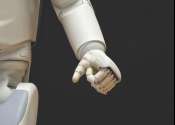
An artificial mind, with a lifelike body: Amid a world of evolving AI, a Las Vegas man brings his creations to life
You wanna see her move? I think that's the fun part.
Robotics
May 1, 2024
0
24
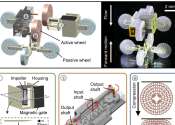
A miniature wireless robot that can effectively move through tubular structures
Robots have already proved to be promising tools to complete complex and demanding maintenance tasks. While engineers have developed a wide range of robots that could help to maintain and repair infrastructure, many of these ...
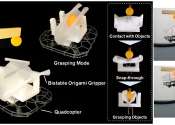
Paper power: Origami technology makes its way into quadcopters
Over the past decade, researchers all around the world have been finding new and exciting use cases for unmanned aerial vehicles (UAVs). Commonly called "drones," UAVs have proved their worth across many fields, including ...
Robotics
Apr 30, 2024
0
47
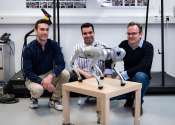
Trotting robots reveal emergence of animal gait transitions
A four-legged robot trained with machine learning by EPFL researchers has learned to avoid falls by spontaneously switching between walking, trotting, and pronking—a milestone for roboticists as well as biologists interested ...
Robotics
Apr 30, 2024
0
90
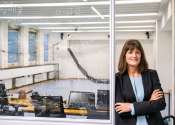
Researchers use ChatGPT for choreographies with flying robots
Prof. Angela Schoellig from the Technical University of Munich (TUM) uses ChatGPT to develop choreographies for swarms of drones to perform along to music. An additional safety filter prevents mid-air collisions. The researcher's ...
Robotics
Apr 29, 2024
0
44
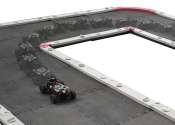
An affordable miniature car-like robot to test control and estimation algorithms
The development and testing of algorithms for robotics applications typically requires evaluations in both simulated and physical environments. Some algorithms, however, can be difficult to deploy in simple hardware experiments, ...
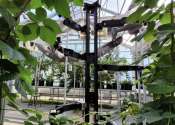
A six-armed robot for precision pollination
Over the past decades, dozens of animal species have become extinct, while thousands of others are now at risk of disappearing. Endangered species include various pollinators, including bees and some types of moths, butterflies, ...
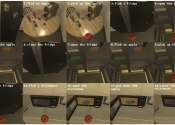
Researchers develop an automated benchmark for language-based task planners
If instructed to "Place a cooled apple into the microwave," how would a robot respond? Initially, the robot would need to locate an apple, pick it up, find the refrigerator, open its door, and place the apple inside. Subsequently, ...
Robotics
Apr 26, 2024
0
16
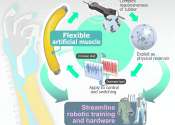
Built-in bionic computing: Researchers develop method to control pneumatic artificial muscles
Creating robots to safely aid disaster victims is one challenge; executing flexible robot control that takes advantage of the material's softness is another. The use of pliable soft materials to collaborate with humans and ...
Robotics
Apr 26, 2024
0
46

Underwater robot pioneers new energy-efficient buoyancy control
A remotely operated underwater robot built by a team of Rice University engineering students pioneers a new way to control buoyancy via water-splitting fuel cells. The device, designed and constructed at the Oshman Engineering ...
Robotics
Apr 25, 2024
0
1
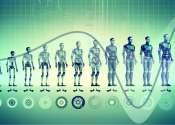
Study explores why human-inspired machines can be perceived as eerie
Artificial intelligence (AI) algorithms and robots are becoming increasingly advanced, exhibiting capabilities that vaguely resemble those of humans. The growing similarities between AIs and humans could ultimately bring ...
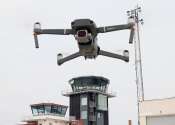
Swedish research project makes several advancements toward the autonomous airport of the future
A three-year research project at Mid Sweden University has made several advancements in creating the airport of the future with safe and cost-effective solutions, including autonomous measurements of the runway surface as ...
Robotics
Apr 24, 2024
0
1

Why can't robots outrun animals?
Robotics engineers have worked for decades and invested many millions of research dollars in attempts to create a robot that can walk or run as well as an animal. And yet, it remains the case that many animals are capable ...
Robotics
Apr 24, 2024
0
63
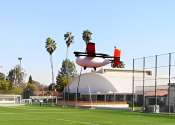
Virtual sensors help aerial vehicles stay aloft when rotors fail
No crystal ball is needed to envision a future that engineers have in mind, one in which air taxis and other flying vehicles ferry passengers between urban locations, avoiding the growing gridlock on the ground below. Companies ...
Robotics
Apr 24, 2024
0
106
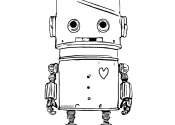
People, not design features, make a robot social
It takes a village to nurture social robots. Researchers who develop social robots—ones that people interact with—focus too much on design features and not enough on sociological factors, like human-to-human interactions, ...
Robotics
Apr 22, 2024
0
56
Other news

Boeing Starliner crewed mission postponed shortly before launch

Why parrots sometimes adopt—or kill—each other's babies

Rich molecular language guides tiny liquid droplet formation in cells

Research team develops fast-track process for genetic improvement of plant traits

Listening to giants: The search for the elusive Antarctic blue whale

Bee body mass, pathogens and local climate influence heat tolerance

A leap toward carbon neutrality: New catalyst converts carbon dioxide to methanol

Engineers solve 'catalysis vs corrosion' mystery in electrochemical ozone production

Fusion record set for tungsten tokamak WEST

Scientists' research answers big question about our system's largest planet

Attosecond core-level spectroscopy reveals real-time molecular dynamics
















































